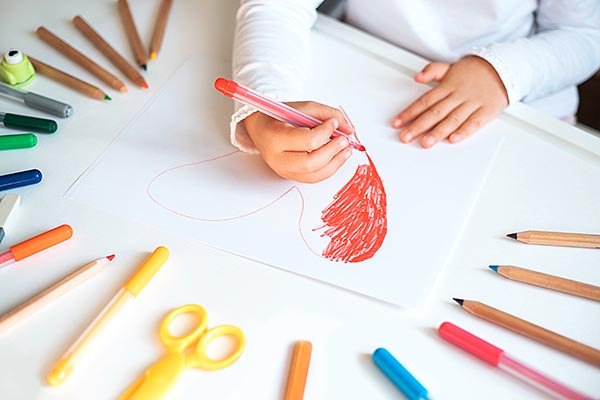Understanding Play Therapy
At first glance, it can seem like nothing more than playtime. Children engaging with dolls, art materials, or a makeshift sandbox. Yet, beneath this seemingly casual interaction, a deeply profound process unfolds – play therapy.
Play therapy, a therapeutic approach primarily used with children aged 3-12, employs the natural language of children – play – as a means to understand and communicate with them. If words are the tools adults use to express their emotions, toys can be seen as children's words, and play as their conversation.
Here at Insights Counseling Center, we recognize the power this non-threatening and engaging method holds in revealing and addressing emotional and behavioral difficulties in children.
How Play Therapy Works
Play therapy is grounded in the notion that children can express their feelings and experiences more openly through imaginative play than through traditional talk therapy. Playing provides a safe space where kids can portray their inner world, giving the therapist a window into their experiences and emotions.
In this therapeutic setting, children are allowed spontaneous play, reflecting their thoughts and emotions. The therapist's role is not to intrude but to observe, understand, and at times, participate, facilitating the child's expression, communication, and problem-solving.
Play therapy does not rely solely on the therapist's observations, but most importantly, on the child's natural ability to heal and grow. The therapeutic environment empowers children to experiment with different attitudes and outcomes, enabling them to embrace their innate resilience and strength.
The Benefits of Play Therapy
By processing their experiences and emotions through play, children can achieve a sense of relief and understanding. Play therapy has been proven beneficial for a variety of issues, including but not limited to trauma, loss, anxiety, depression, ADHD, and autism.
Because play can circumvent children’s natural defenses, it allows therapists to reach deeper emotional layers, enabling greater understanding and profound healing.
Real Life Applications
To truly grasp the impact of play therapy, let’s walk through a couple of anonymized case studies:
Case 1: Emma, a 7-year-old girl, had constant nightmares after witnessing a car accident. Overcome by fear and anxiety, she was unable to express her feelings verbally. During play therapy, Emma replayed the accident using toy cars. This action, repeated over several sessions, allowed her to face her trauma gradually. As time went on, she began adding new elements to her play, such as a rescue team or an alternate ending without the accident. These changes signified Emma’s way of controlling and rewriting her traumatic narrative, reducing her anxiety and nightmares.
Case 2: Max, a 10-year-old boy diagnosed with ADHD, struggled with controlling his impulses, which hindered his social relationships. In the play therapy room, Max could freely follow his impulses, giving the therapist an insight into his world. They used games requiring turn-taking and patience to engage Max. Gradually, Max learned to control his impulses better, reflecting positively on his social interactions.
These cases portray how play therapy can aid children in expressing and processing their feelings, ultimately helping them cope.
Naturally, as parents and caregivers, it can be challenging to see your child struggling, and we want you to know it's okay to seek help. Remember that recognizing this need for support is not an admission of failure. On the contrary, it’s an act of profound strength and love, a pivotal step towards wellness and healing.
Play therapy, by offering children a safe, therapeutic space to express and process their emotions, can be a powerful tool in enabling their emotional freedom and well-being. It is our privilege at Insights Counseling Center to guide you and your child through this journey, providing compassionate, informed care every step of the way. Reach out today to schedule with Emily Johnston and begin therapy for your child.

